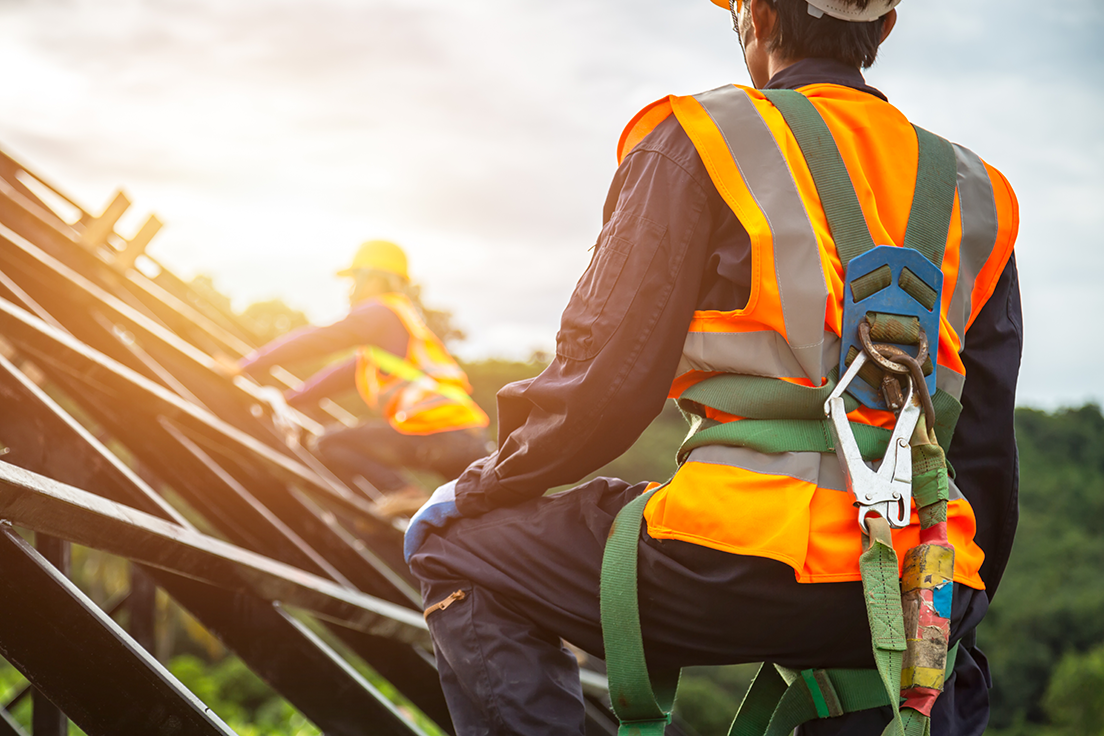Fall Protection UAE: Intro
Working at heights poses significant risks, and ensuring the safety of workers is of paramount importance in the United Arab Emirates (UAE). With numerous industries and construction projects flourishing across the region, implementing effective fall protection measures has become a critical aspect of workplace safety. This article delves into the importance of fall protection UAE, the regulations governing it, and the various measures employed to mitigate the risks associated with working at heights.
Importance of Fall Protection in the UAE:
The UAE has experienced substantial growth in its construction, oil and gas, and infrastructure sectors. As a result, an increasing number of individuals are engaged in tasks that involve working at elevated positions. Unfortunately, falls from heights remain one of the leading causes of fatalities and serious injuries in the workplace. To address this issue, the UAE has stringent safety regulations in place to safeguard workers and minimize the occurrence of such accidents.
Regulations and Standards:
The UAE implements a comprehensive set of regulations and standards to ensure the safety of workers at heights. The Ministry of Human Resources and Emiratisation (MoHRE), in collaboration with other relevant authorities, enforces strict guidelines that companies must adhere to in order to maintain a safe working environment. These regulations encompass the proper use of personal protective equipment (PPE), training requirements, and the implementation of fall protection systems.
Fall Safety Measures:
- Personal Protective Equipment (PPE): Utilizing appropriate PPE is fundamental in preventing falls from heights. Harnesses, helmets, lanyards, and safety shoes are among the crucial equipment designed to minimize the impact of falls and protect workers from injuries.
- Guardrails and Barriers: Installing guardrails, toe boards, and barriers around elevated work areas helps create a physical barrier, reducing the risk of accidental falls.
- Safety Nets: Employing safety nets can effectively mitigate the impact of a fall by providing a cushioned surface to prevent workers from hitting the ground, thus reducing the severity of injuries.
- Fall Arrest Systems: These systems, including lifelines, anchor points, and retractable lanyards, are designed to arrest a fall in progress, limiting the distance a worker may fall and reducing the impact force on the body.
- Training and Awareness: Proper training on the correct usage of fall protection equipment, hazard recognition, and emergency procedures is crucial for all workers involved in tasks at elevated positions. Raising awareness about potential fall hazards and promoting a safety-oriented culture is essential in preventing accidents.
Challenges in Implementing Fall Protection Measures:
Despite the stringent regulations and emphasis on safety, implementing comprehensive fall protection measures in the UAE comes with its own set of challenges. One significant challenge is the rapid pace of construction and development projects. Tight timelines and intense workloads might inadvertently lead to compromises in safety protocols. Balancing the need for speed and efficiency with ensuring proper safety measures remains an ongoing challenge for many organizations.
Moreover, the diverse workforce in the UAE, comprising individuals from various cultural and linguistic backgrounds, presents a challenge in ensuring that safety guidelines and training materials are effectively communicated and understood by all workers.
Innovative Solutions for Heightened Safety:
In response to these challenges, the UAE has seen the emergence of innovative technologies and practices aimed at enhancing fall protection measures. Drones equipped with cameras are increasingly used to conduct safety inspections at heights, allowing for thorough assessments of potential risks without exposing individuals to danger.
Additionally, advancements in wearable technology have led to the development of smart personal protective equipment. These include harnesses embedded with sensors that can detect anomalies in posture or movements. Alerting both the worker and supervisors to potential risks or improper usage of safety equipment.
Collaborative efforts between industry stakeholders, regulatory bodies. And research institutions have also resulted in the introduction of improved fall protection systems. And training programs tailored to the specific needs of different sectors.
The Role of Continuous Training and Evaluation:
Continuous training and regular evaluations are pivotal in maintaining. A strong safety culture and ensuring the effectiveness of fall protection measures. Periodic safety audits, combined with ongoing training sessions, serve to reinforce safety protocols. Address any shortcomings, and update workers on the latest safety practices and equipment.
Furthermore, encouraging open communication channels between workers. And management fosters an environment where concerns regarding safety can be raised without fear of reprisal. This approach promotes a proactive approach to identifying and mitigating potential fall hazards.
Conclusion:
Fall Protection UAE measures are indispensable in preserving the safety and well-being of workers in various industries. By strictly adhering to regulations, implementing effective fall protection systems. And providing adequate training, employers can significantly reduce the risks associated with working at heights. Ensuring the safety of workers not only enhances productivity but also reflects a commitment. To upholding the highest standards of occupational safety and health in the UAE.




